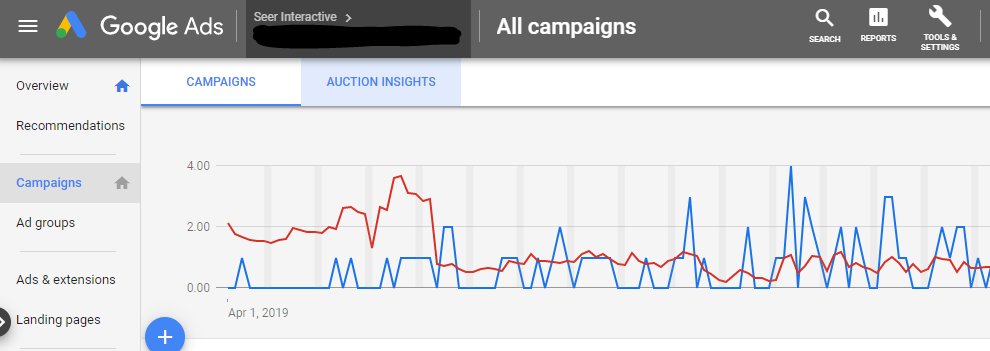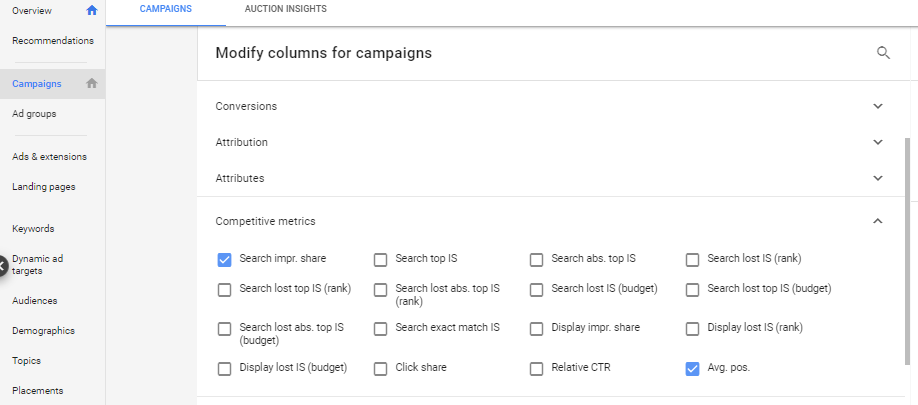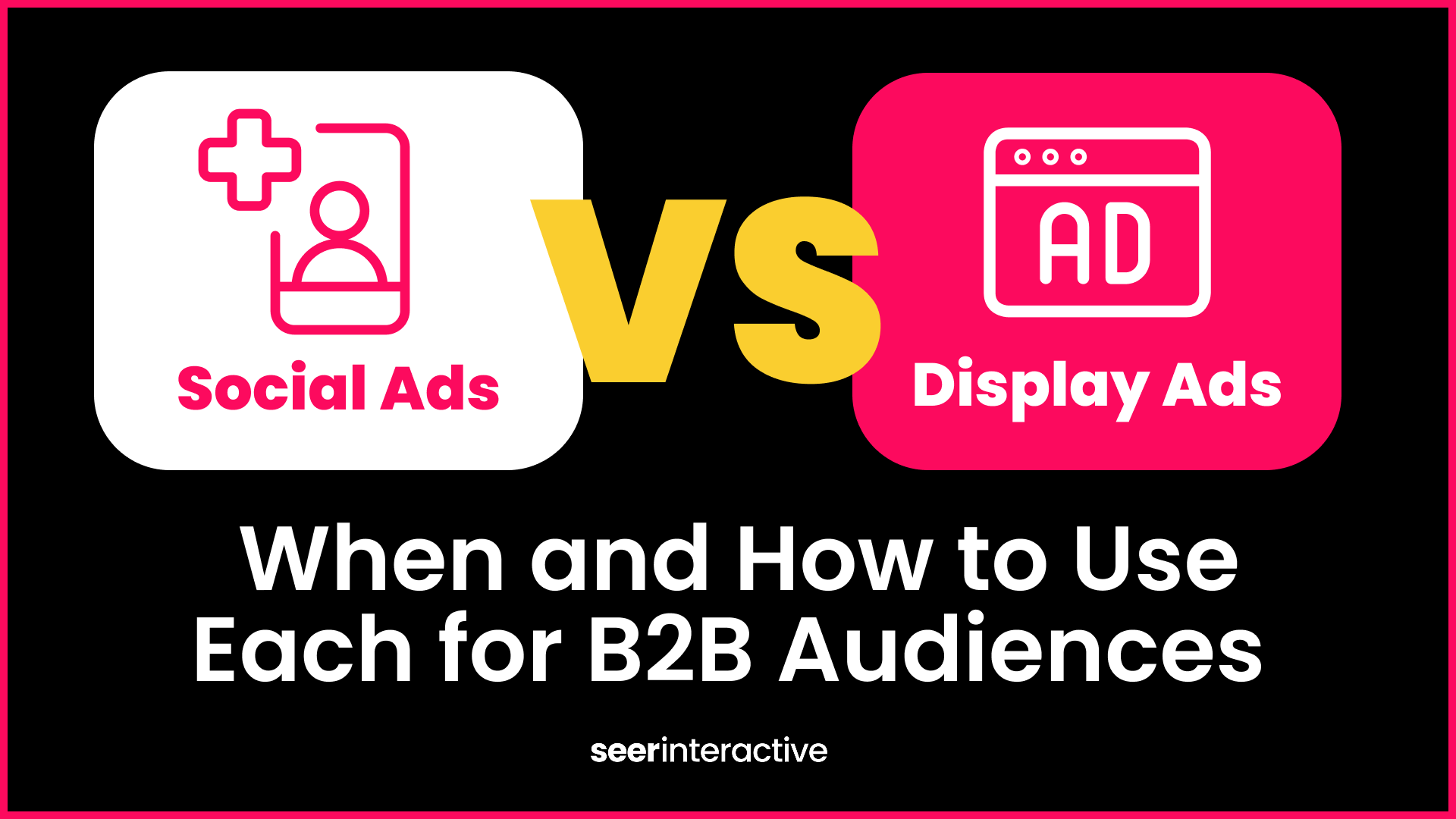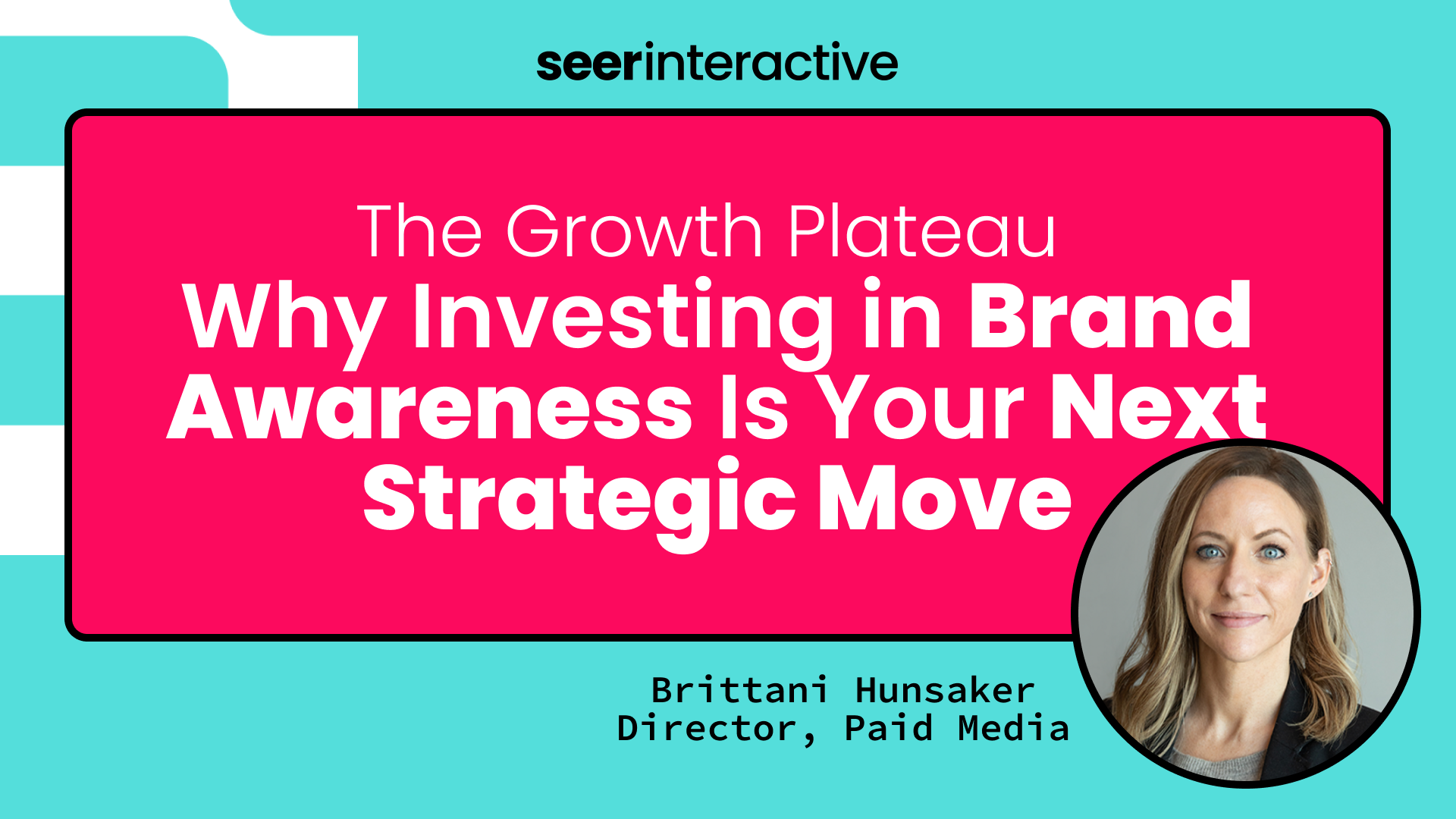One of the top questions we get as PPC marketers is,
What are our competitors doing?
It’s an important question, but one that can be difficult to answer.
There is no sneak peek into a competitor’s Google Ads account, no unblinded benchmarks, or quick plug-in formulas. However, paid search experts do love a challenge. We like to uncover all the data we can and piece together the clues. We know that researching and discovering your competitors is an essential step in better understanding the industry, the trends, and ultimately shaping your own paid search strategy.
We’ve compiled our tricks, tips, and best practices for uncovering the competitive advantage.
“If you know the enemy and know yourself, you need not fear the result of a hundred battles. If you know yourself but not the enemy, for every victory gained you will also suffer a defeat. If you know neither the enemy nor yourself, you will succumb in every battle.” - Sun Tzu
Know Thine Self
Hidden within your Google and Bing accounts is a plethora of competitive data.
Although we can’t see competitor’s account set-ups or exact budgets, search engines share data that show your performance in relation to your competitors.
Auction Insights

Located at the campaign, ad group, or keyword level in the Google interface, the auction insights tab is an easy way to see where you stand against advertisers who entered the same auction as you. That’s right, Google gives you names! In addition, Google offers six metrics to dig into: impression share, overlap rate, position above rate, top of page rate, abs. Top of page rate, outranking share.
For full descriptions about these metrics, check out this resource, but for now let’s dive into one of our favorites.
Search Impression Share

This KPI shows the performance of your ads in comparison to your competitors. It’s calculated as the number of impressions your ads received, divided by the total number of impressions your ad was eligible to receive, expressed in a percentage.
The lower your percentage, the more opportunity you have to compete. We like this one because it can be directly impacted by factors other than increasing budget. Eligibility is factored by your targeting settings, bids, and quality score.
There are a ton of optimizations you can make here to increase quality score and your chance of showing for more auctions - writing relevant ad copy, testing the best landing pages, adding customized extensions. Google will reward you for creating the best possible user experience.
Dig in even deeper by segmenting by time and device. Did a competitor suddenly start outranking you in a certain month? Is a competitor eating up mobile impression share over desktop? These types of questions can help determine strategic decisions for your own account. There are also scripts that can help you track this data over time.
What’s a good way to get ideas in improving your customer experience? Put yourself in your target audiences’ shoes and do research to see what your competitors are doing.
See Thine Enemy
What’s a great way to better understand your competitors? Straight up stalking!
Determine your list of competitors, slip into incognito, and start Googling. Take note of your most valuable key head terms. Who else is showing up? What does their ad copy look like? Click through to the landing page? What do they do well and how does that compare to your own landing pages?
This research is more qualitative, but a picture is worth a thousand words. We’ve been able to get buy-in for testing or movement on much needed projects by simply showing our clients screenshots of competitor ad copy and landing pages. They weren’t interested in our data points or case studies. They could see the eye-catching ad copy or streamlined landing page. It’s an effective starting off point for future initiatives; we highly recommend it.
Set up Google Alerts for your competitors, sign up for their newsletters, and follow them on social media. It can be a great way to monitor your competitors over time.
There are a ton of tools that share competitive research. We like SEM Rush, SpyFU, and Moat.
With these tools you can dig into research like competitor paid keyword lists, organic rankings, display creative, etc. However, no tool is perfect and we’d suggest utilizing this data in a broader sense as we’ve found it can be inaccurate. For instance, use it to see if there are keywords you should be bidding on, but don’t use it to set your advertising budget based on what your competitors are reported as spending.
Know Thine Enemy
Now that we know where we stand and what we’re up against, our more aggressive folks can take it a step further. The real question is to bid or not to bid - on our competitor’s brand keywords that is. Some caveats here, with this strategy you should expect lower quality scores, higher bids, and a hungry budget. This is because Google rewards keywords that are most relevant to the searcher.
Example: Our target audience is searching for Target, and you’re Walmart. Although you sell the same products, a person searching for Target likely wants to go to Target’s website. However, Walmart has an opportunity to get this person’s attention. If Walmart offers a promotion, coupon code, or perhaps shows some visually appealing products, it’s fair game if the person visit’s Walmart’s site vs. their originally intended Target destination.
We don’t always recommend this strategy. You need to consider your priorities, budget, and goals, but we think it’s a worthwhile test. Our test recommendations?
- Create separate competitor campaigns so you can control budget.
- Customize your ad copy to call out your unique selling propositions and instill strong brand messaging.
- Carefully consider your landing page to improve time on site and encourage conversion.
- Monitor performance very closely.
Don’t forget about upper funnel strategic plays. If your searchers are in the research phase, it’s likely they are learning about your competitors. It can be the ideal time to build brand awareness. Create custom intent audience for Display and YouTube. Learn more here.
Victory
Improve paid search performance and push innovation by keeping up with your competitors. In an ever changing SERP landscape you’ll need the edge to fight for space, and in an ever shifting search behavior, you’ll need to keep your target audience’s attention.
We hope we’ve given you ideas to rally up the troops. If you have any questions or feedback, drop us a line! If you’re interested in learning more about the Seer’s competitive battle plans, reach us here.


